Rising Maritime Trade Activities
The Maritime Security Market is experiencing a surge in demand due to the increasing volume of maritime trade activities. As global trade expands, the need for enhanced security measures becomes paramount. In 2025, it is estimated that maritime trade will account for over 80% of global trade by volume, necessitating robust security protocols to protect shipping routes and ports. This growth in trade activities is likely to drive investments in advanced surveillance systems, cybersecurity solutions, and risk management strategies within the Maritime Security Market. Furthermore, the rise in piracy incidents and smuggling activities has prompted governments and private entities to prioritize maritime security, thereby creating a favorable environment for market expansion.
Environmental Regulations and Compliance
The Maritime Security Market is also being shaped by stringent environmental regulations aimed at reducing the ecological impact of maritime operations. Compliance with international standards, such as the International Maritime Organization's regulations, necessitates the implementation of security measures that align with environmental protection goals. As shipping companies strive to meet these regulations, there is a growing demand for security solutions that ensure compliance while safeguarding maritime assets. This trend is likely to create opportunities for service providers within the Maritime Security Market, as they develop integrated solutions that address both security and environmental concerns, thereby enhancing the overall sustainability of maritime operations.
Geopolitical Tensions and Security Concerns
Geopolitical tensions across various regions are significantly influencing the Maritime Security Market. Heightened military activities and territorial disputes in critical maritime zones have led to increased security concerns among nations. For example, the South China Sea and the Strait of Hormuz are areas where tensions have escalated, prompting countries to enhance their naval capabilities and security measures. This geopolitical landscape is likely to drive demand for maritime security services, including surveillance, intelligence sharing, and naval operations. As nations seek to protect their maritime interests, investments in the Maritime Security Market are expected to rise, reflecting a proactive approach to addressing emerging threats.
Technological Advancements in Security Solutions
Technological advancements are playing a crucial role in shaping the Maritime Security Market. Innovations such as artificial intelligence, machine learning, and blockchain technology are being integrated into security systems to enhance threat detection and response capabilities. For instance, the adoption of AI-driven analytics is expected to improve situational awareness for maritime operators, allowing for real-time monitoring of potential threats. The market for maritime security technologies is projected to grow at a compound annual growth rate of approximately 7% from 2025 to 2030. This trend indicates a strong inclination towards investing in cutting-edge technologies that can provide comprehensive security solutions, thereby bolstering the overall resilience of the Maritime Security Market.
Increased Investment in Port Security Infrastructure
Investment in port security infrastructure is a critical driver for the Maritime Security Market. As ports serve as vital gateways for international trade, enhancing their security is essential to prevent disruptions and ensure smooth operations. In 2025, it is projected that investments in port security systems will exceed several billion dollars, driven by the need to protect against threats such as terrorism, smuggling, and cyberattacks. This influx of capital is likely to lead to the adoption of advanced technologies, including biometric access controls and automated surveillance systems. Consequently, the Maritime Security Market stands to benefit from this trend, as stakeholders prioritize the development of resilient and secure port environments.
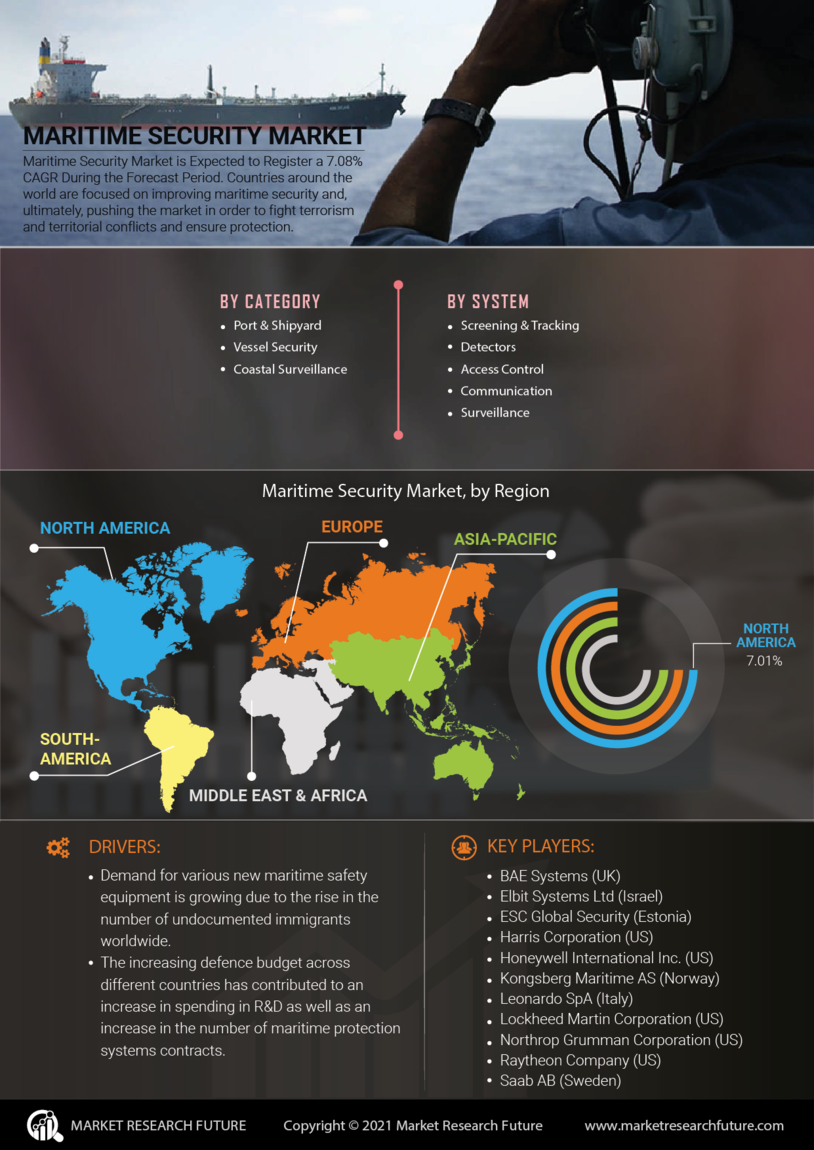

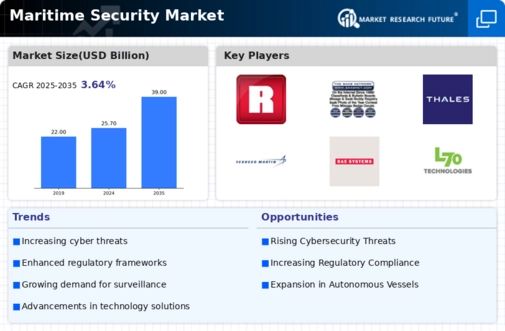
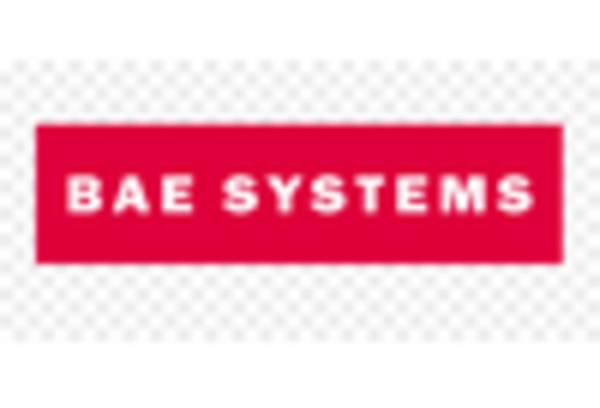
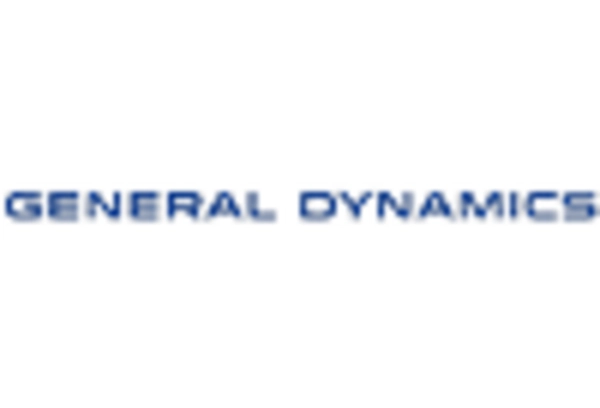

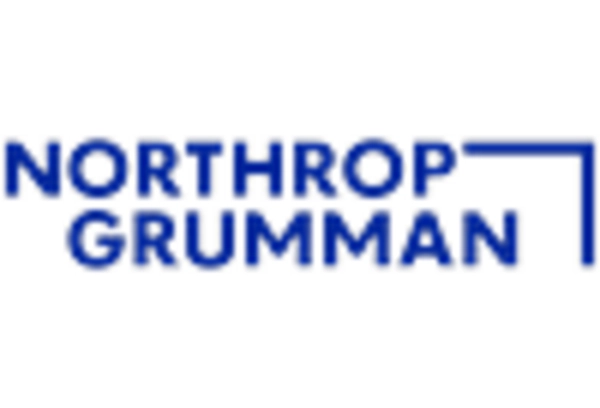










Leave a Comment